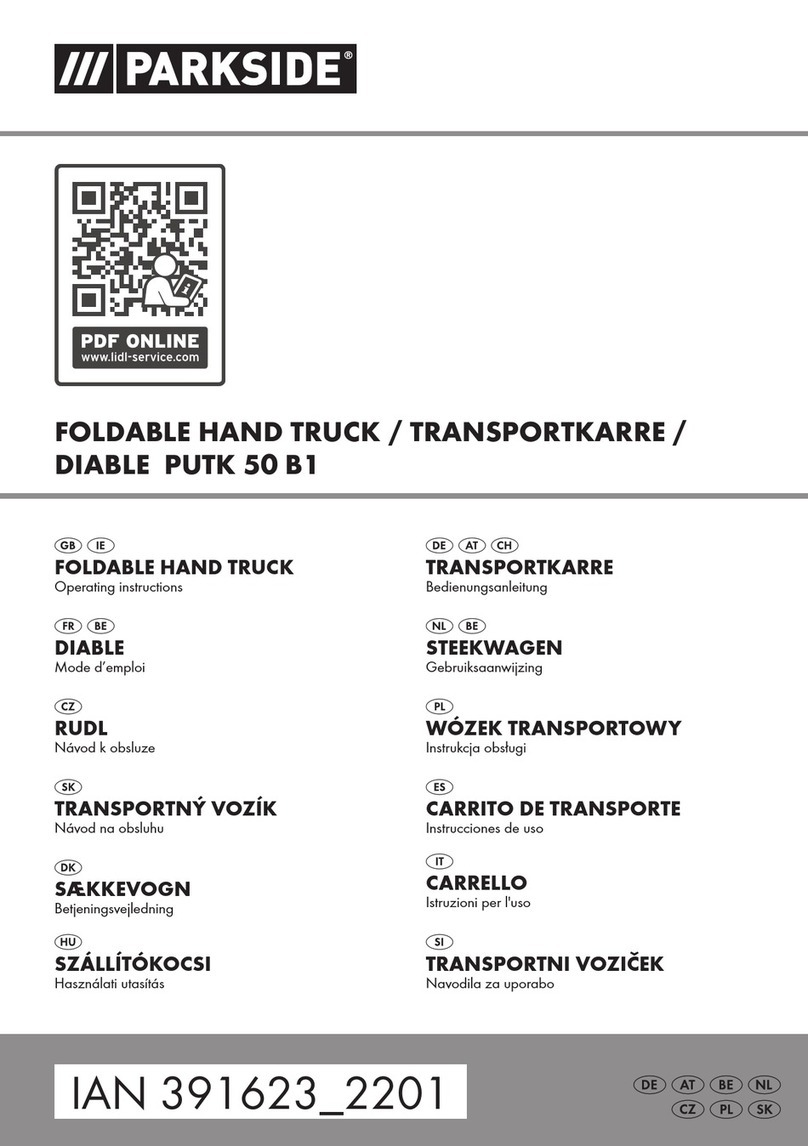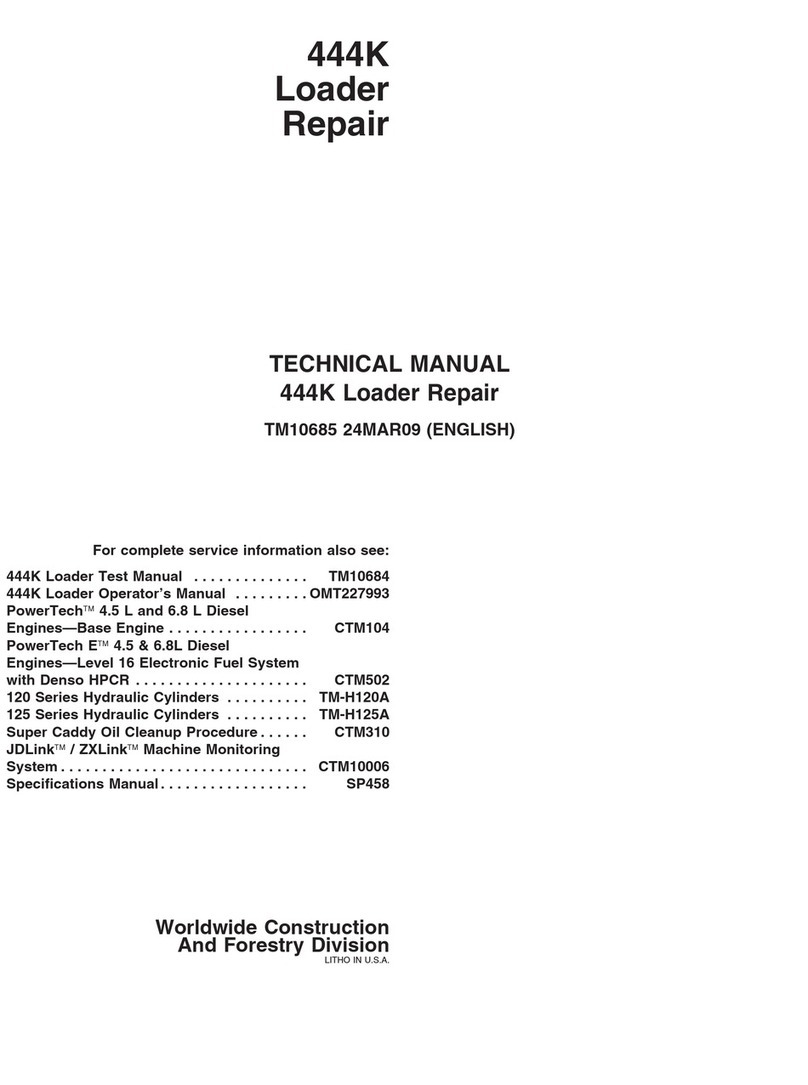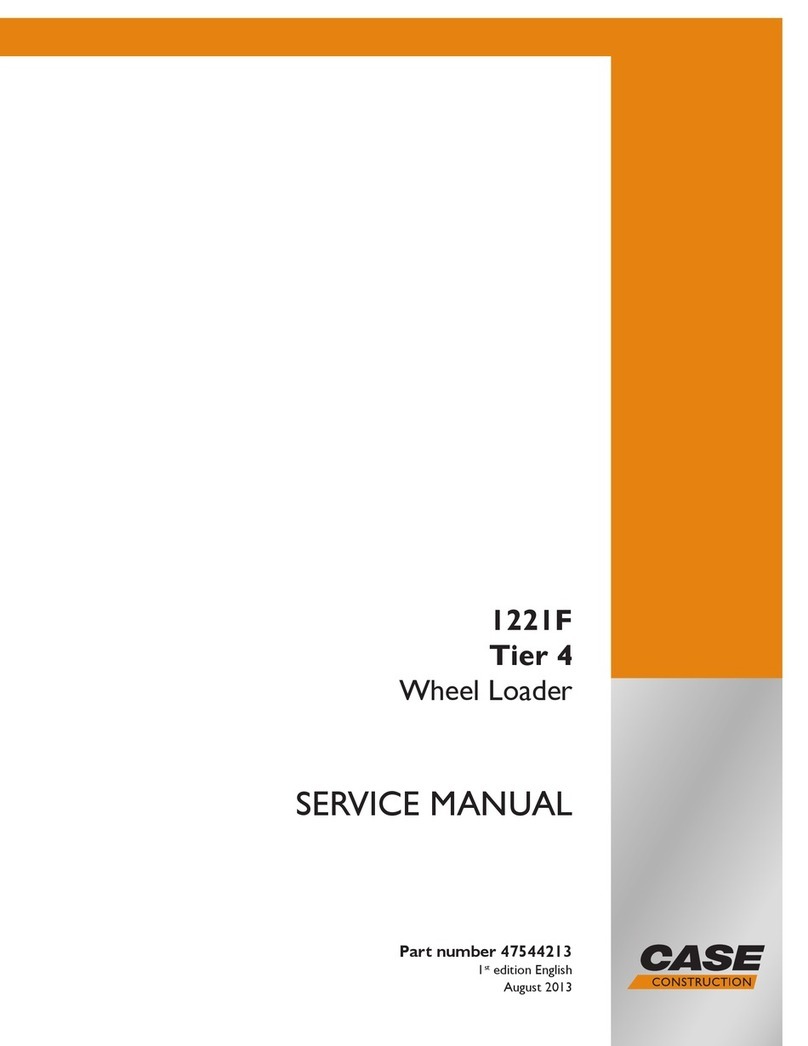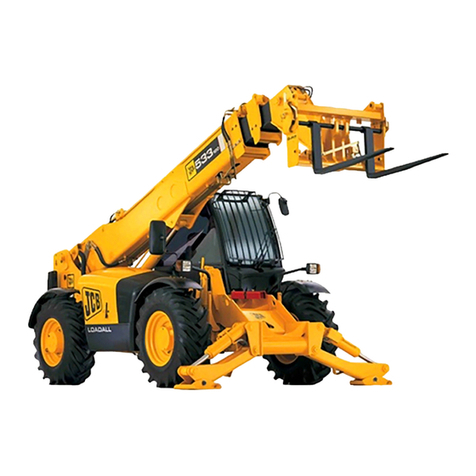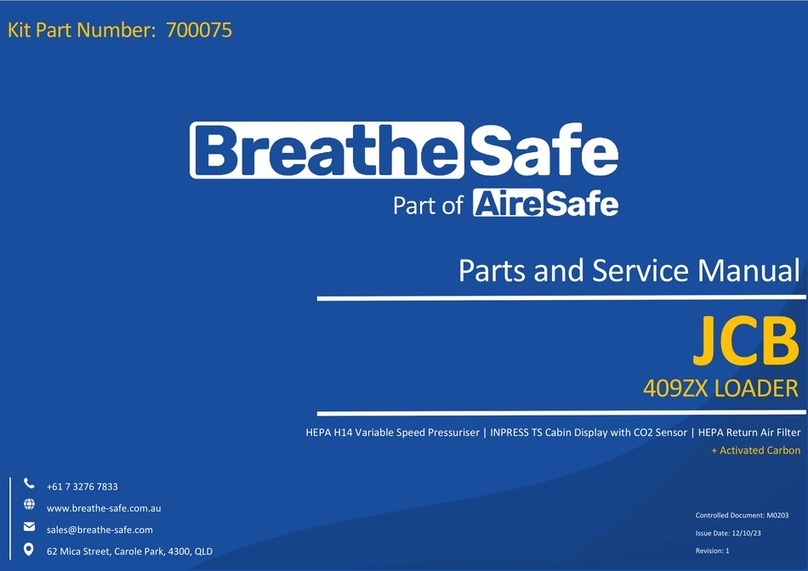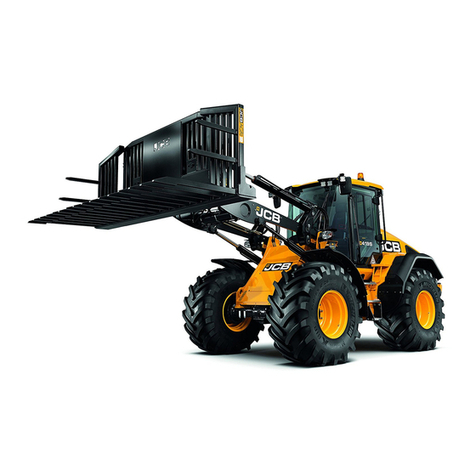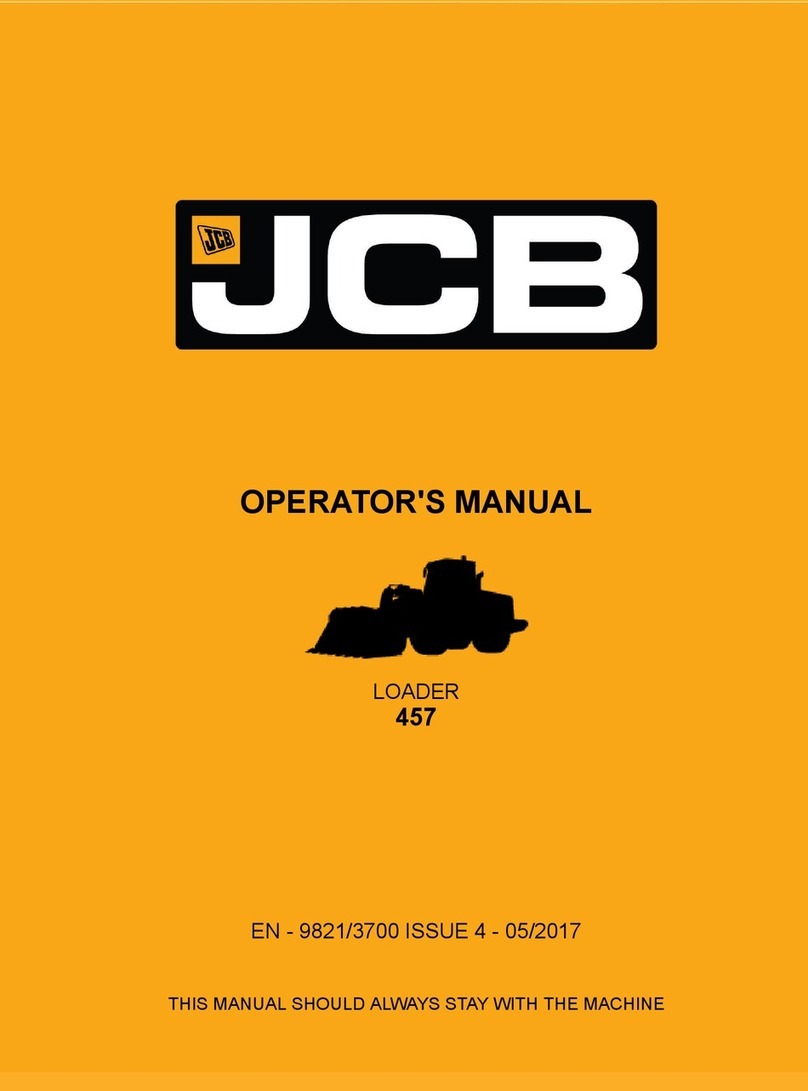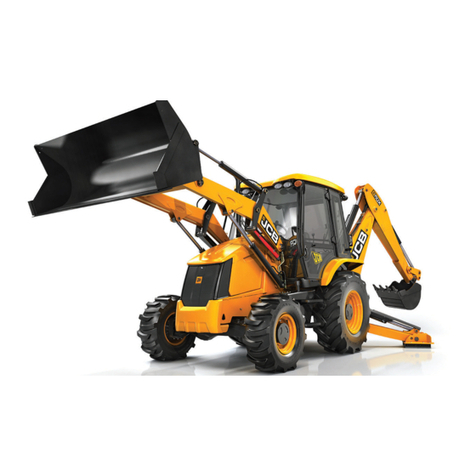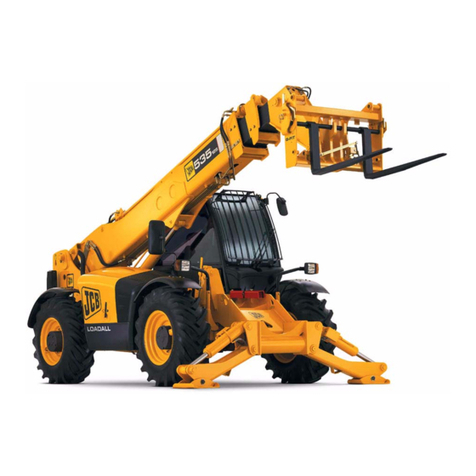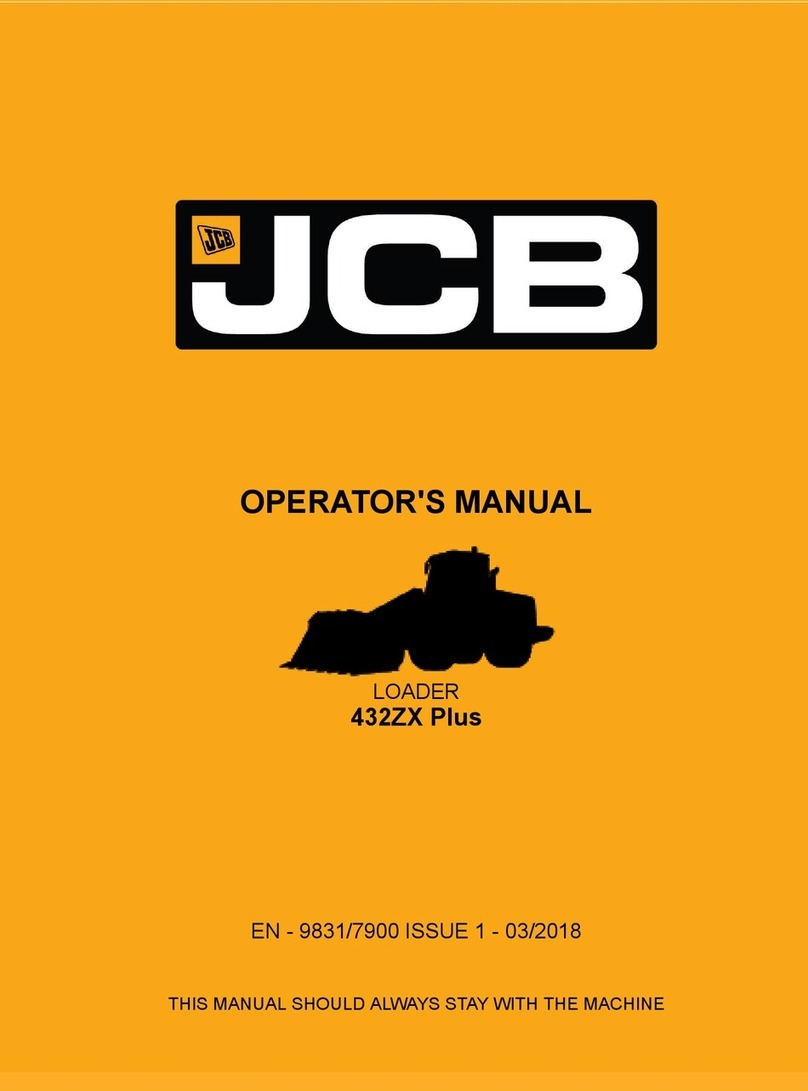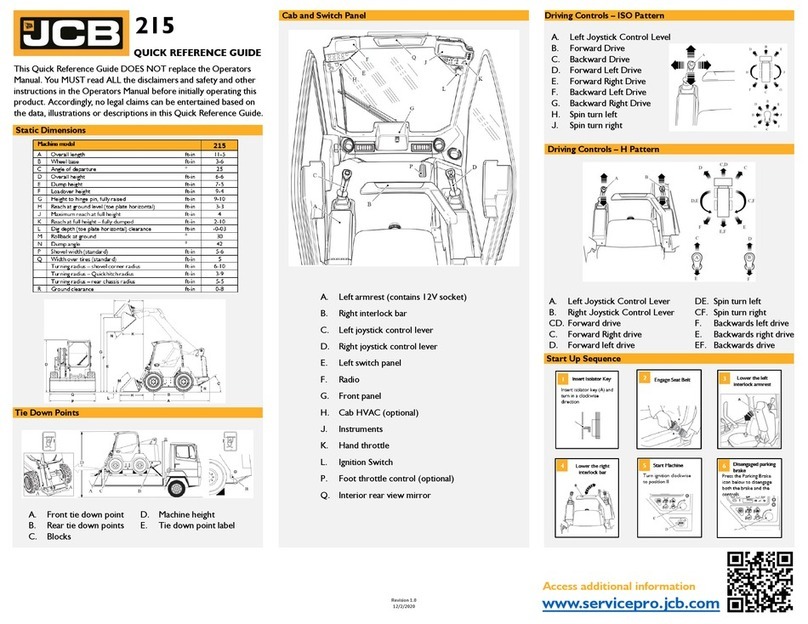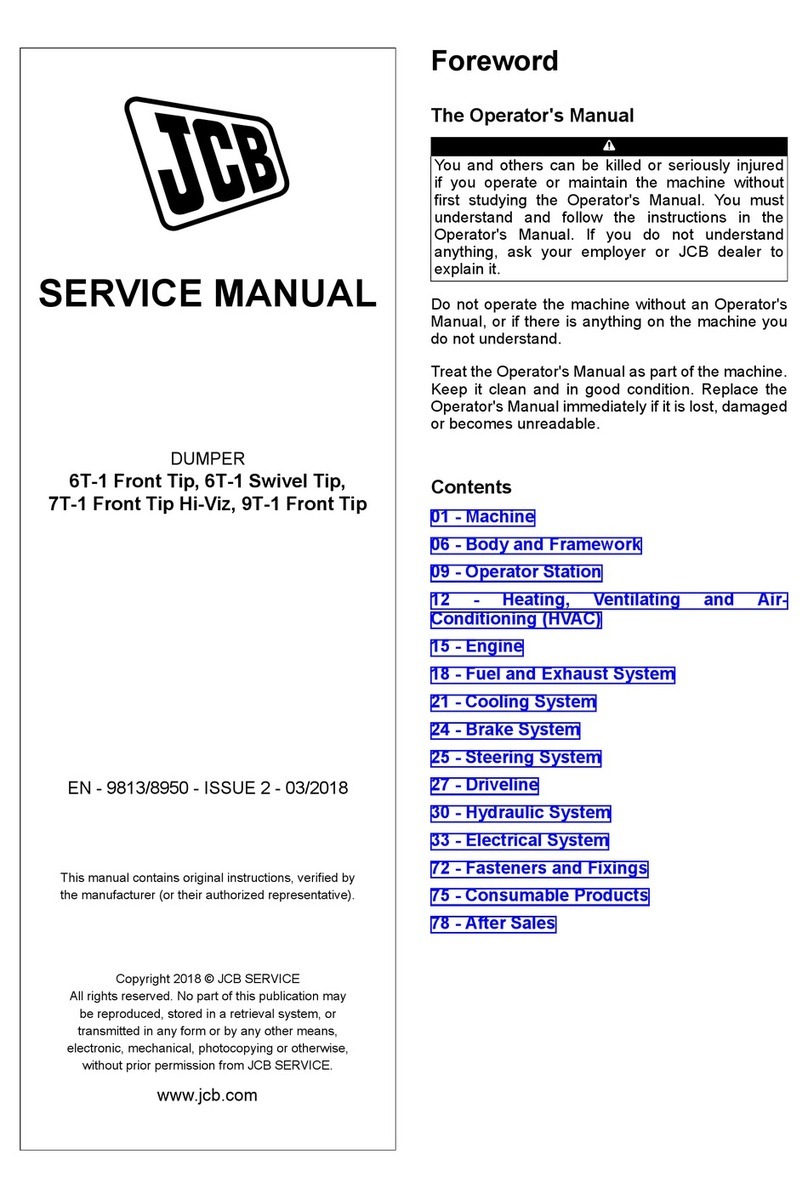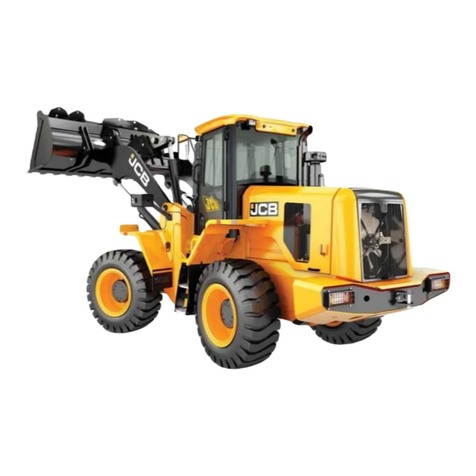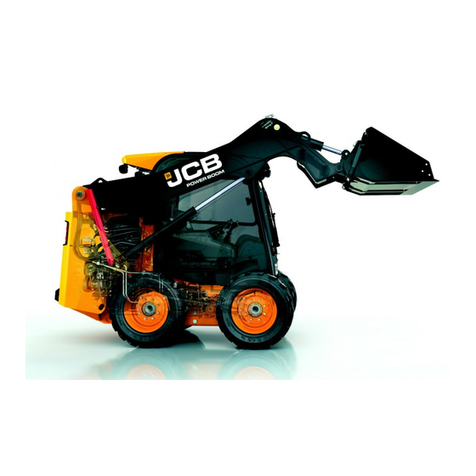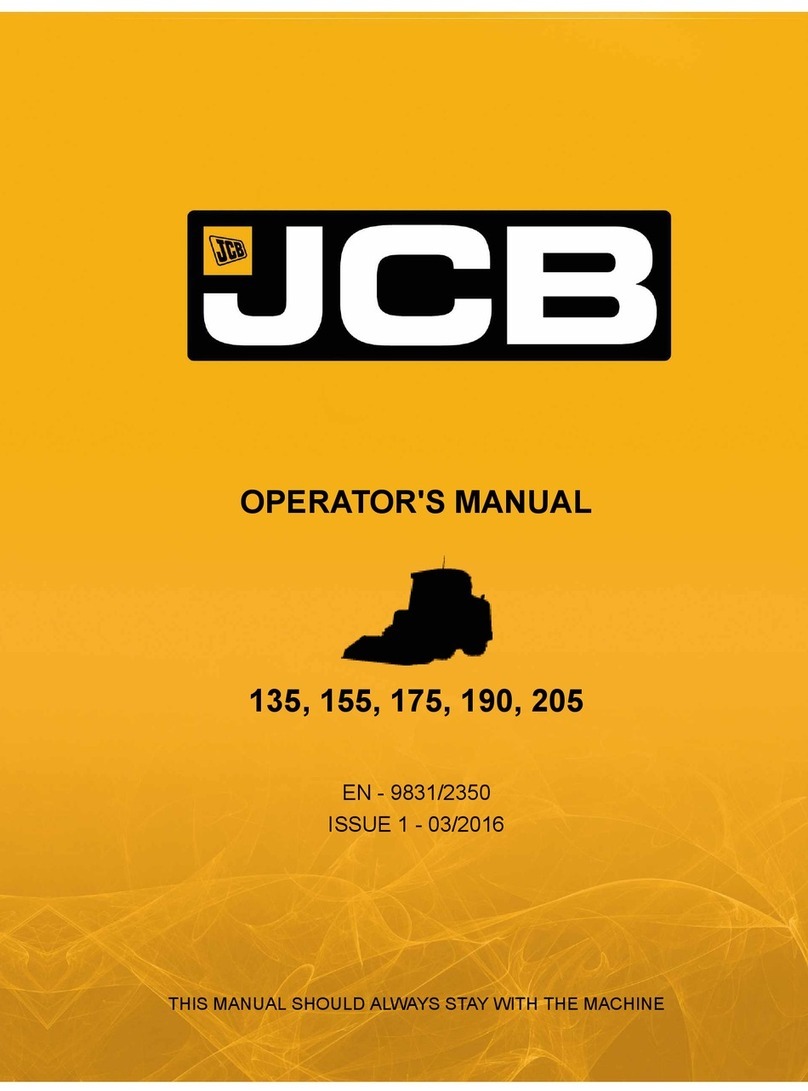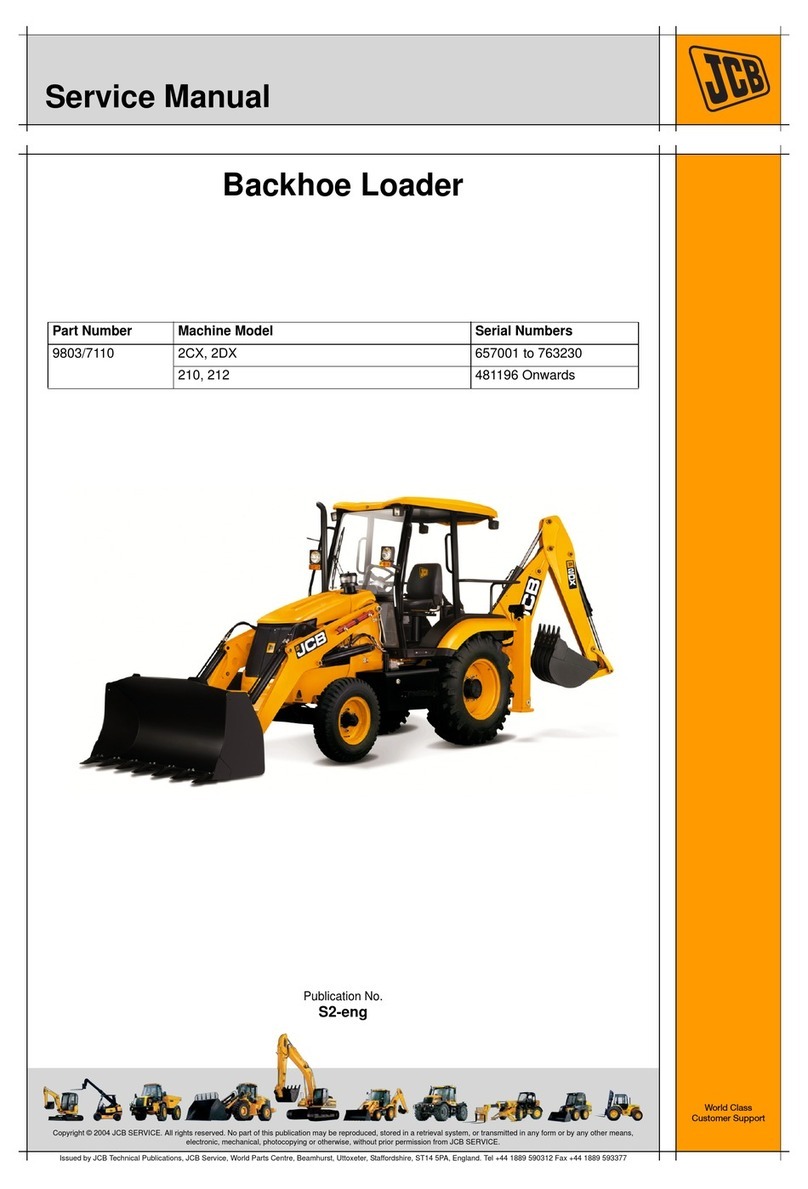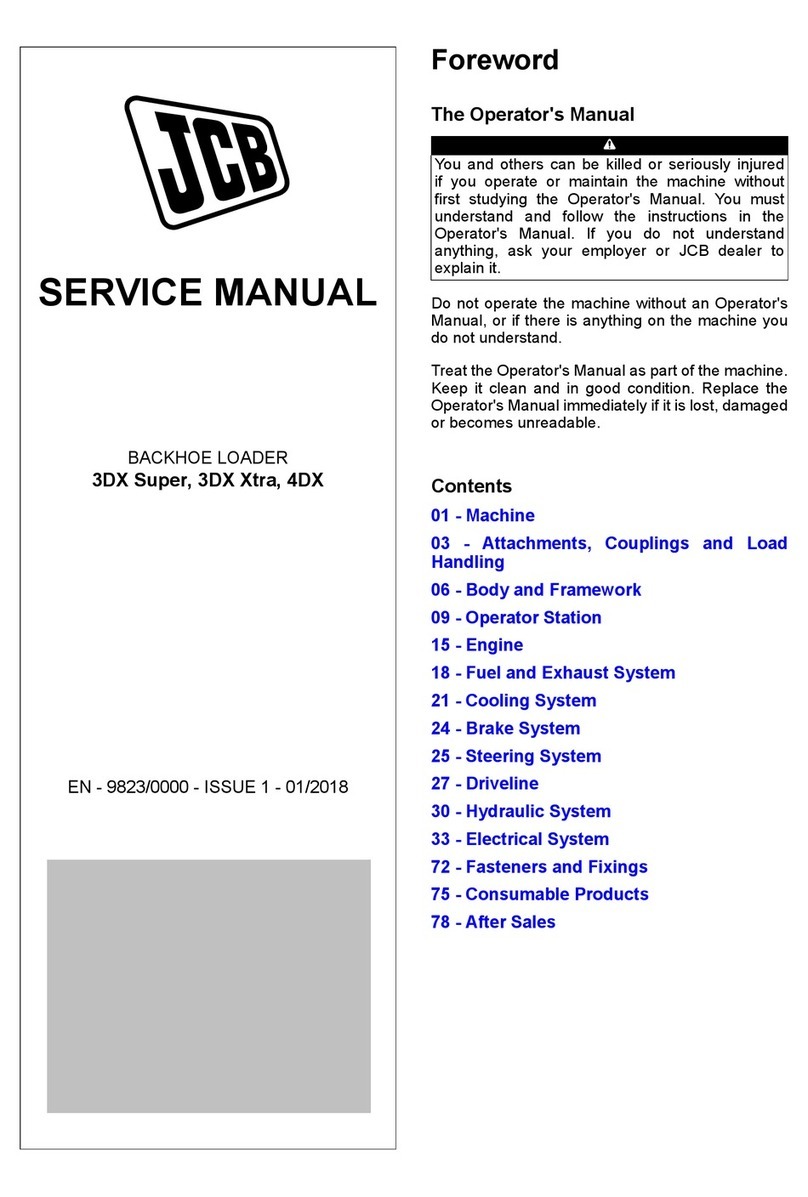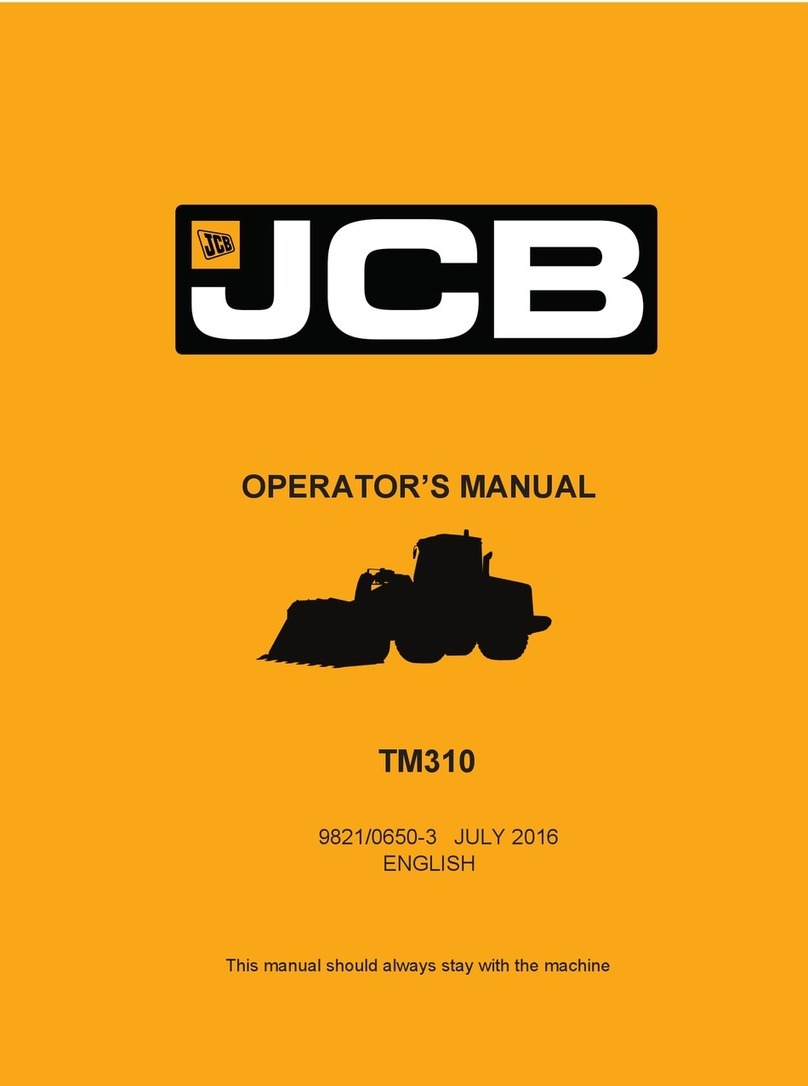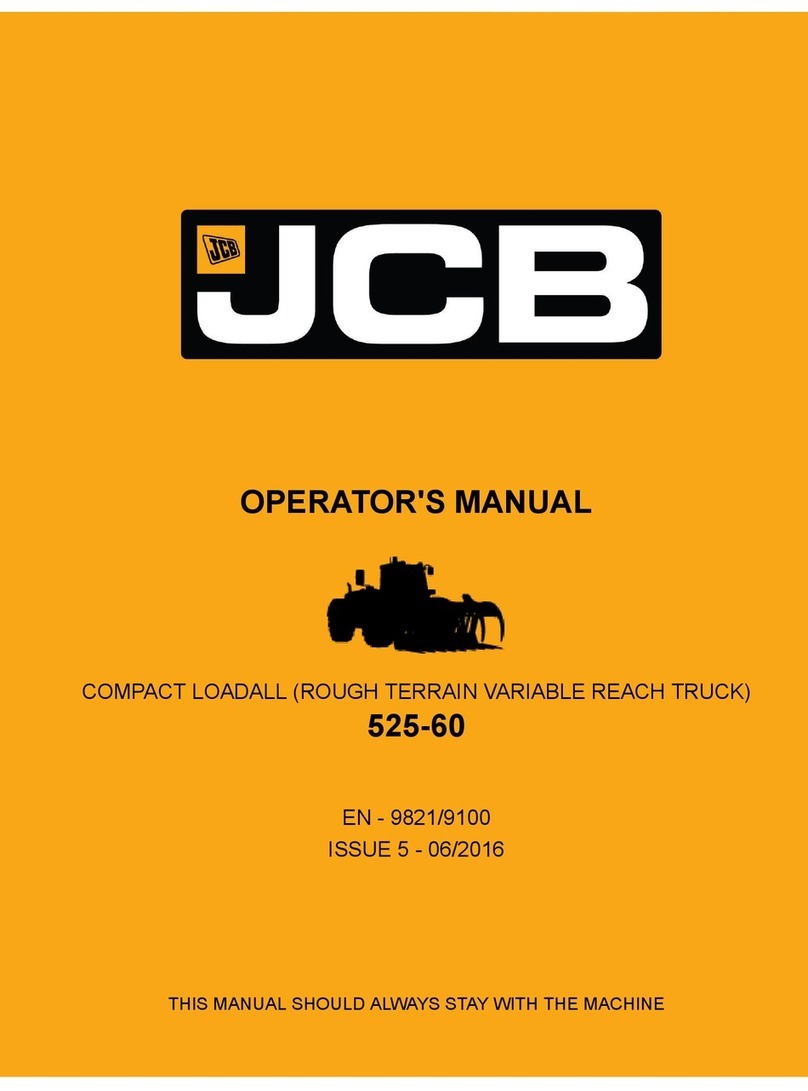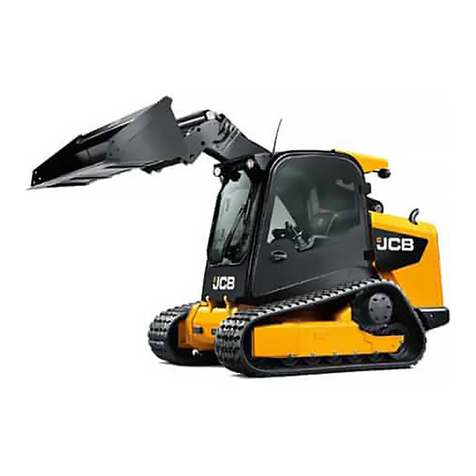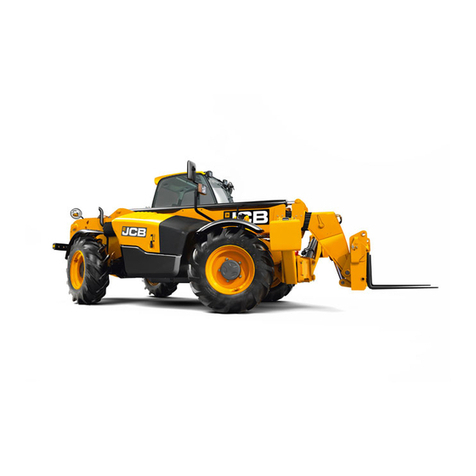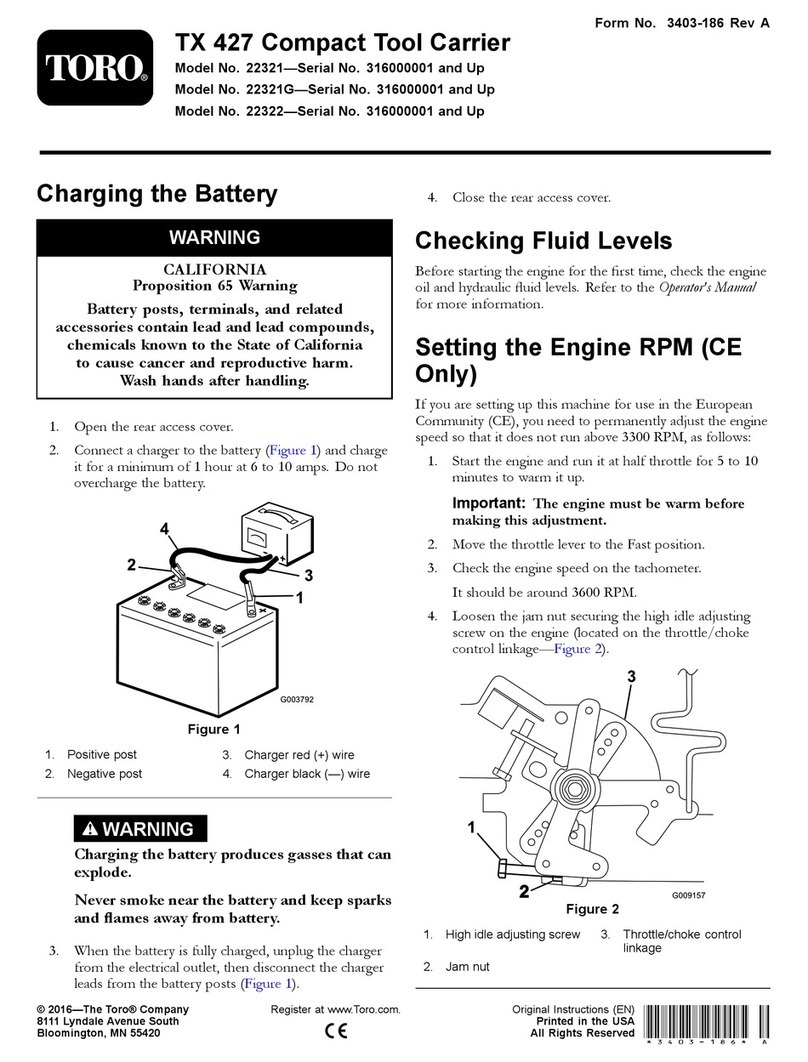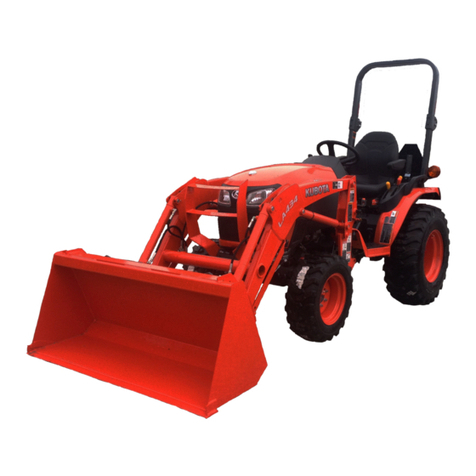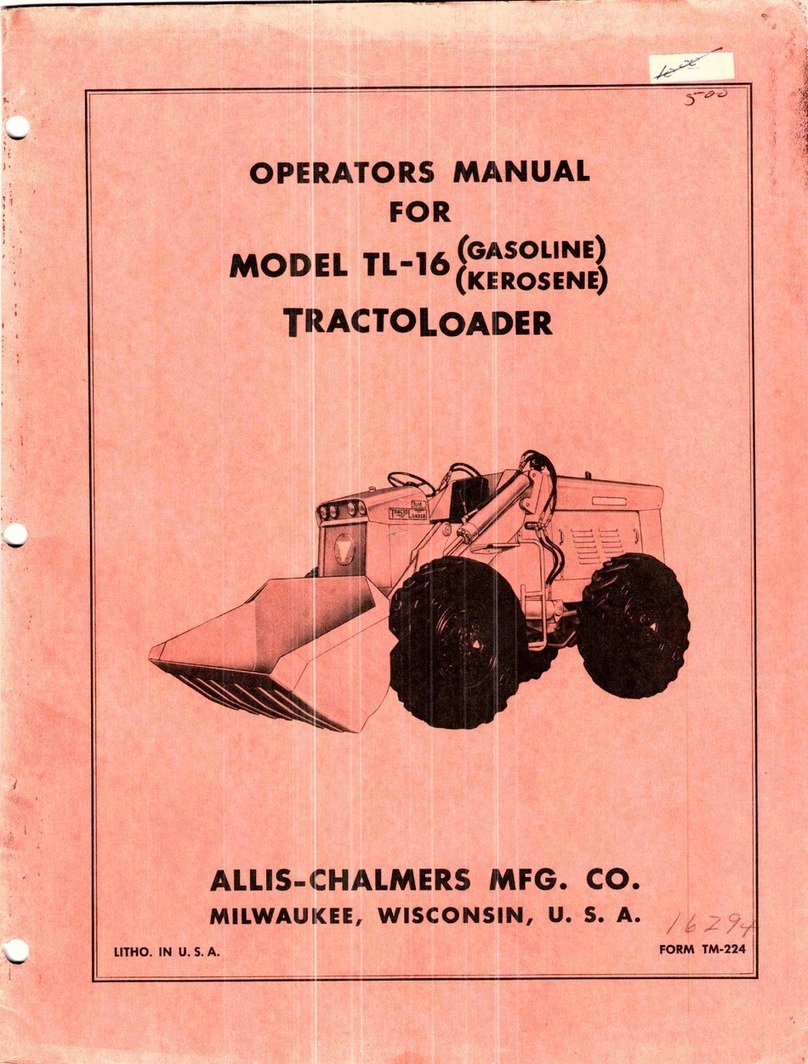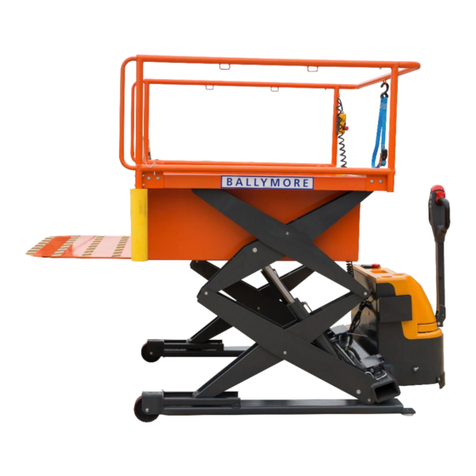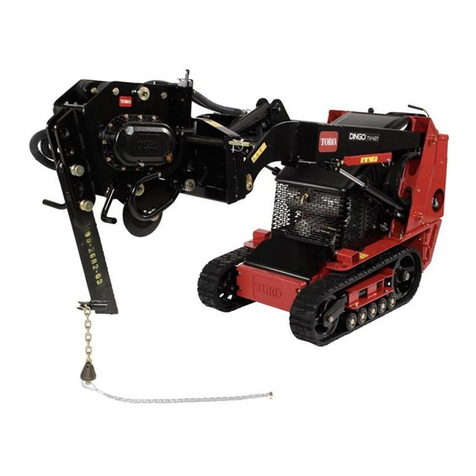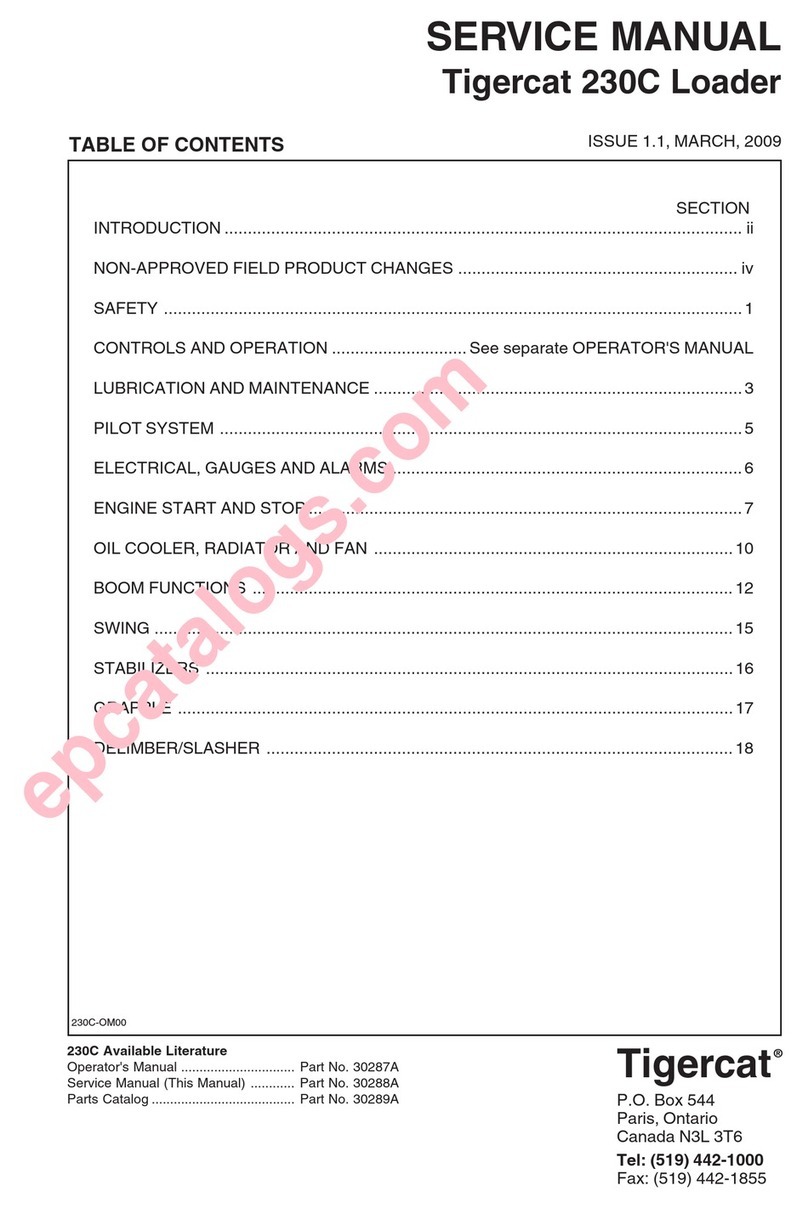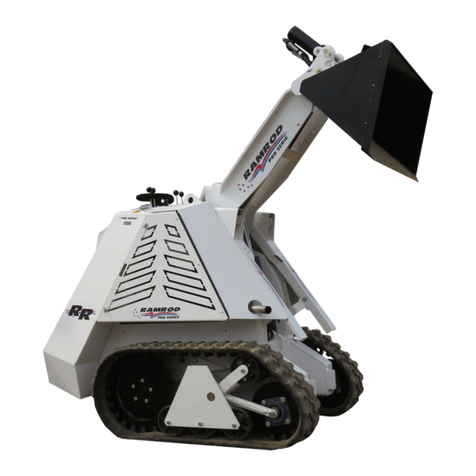
15 - Engine
12 - Crankshaft
00 - General
15 - 78 9813/6900-6 15 - 78
Remove and Install
Consumables
Description Part No. Size
Cleaner/Degreaser
- General purpose
solvent based parts
cleaner
4104/1557 0.4 L
CAUTION This component is heavy. It must only
be removed or handled using a suitable lifting
method and device.
Before Removal
1. This procedure requires service parts. Make
sure you have obtained the correct service parts
before you start, refer to Parts Catalogue.
2. Make sure that the engine is safe to work on. If
the engine has been running, let it cool before
you start the service work.
3. Remove the engine, refer to (PIL 15-00).
4. Remove the drive belt, refer to (PIL 15-18).
5. Remove the crankshaft pulley, refer to (PIL
15-12).
6. Remove the oil sump, refer to (PIL 15-45).
7. Disconnect and remove the fuel pipes from the
injectors, refer to (PIL 18-96).
8. Remove the rocker cover, refer to (PIL 15-42).
9. Remove the fuel injectors, refer to (PIL 18-18).
10. Remove the rocker assembly including the push
rods, refer to (PIL 15-42).
11. It is not necessary to remove the cylinder head
assembly to remove the crankshaft. If however
the cylinder head needs to be removed for other
reasons (for piston and connecting rod removal
for example) remove it now, refer to (PIL 15-06).
12. Remove the fuel injection pump, refer to (PIL
18-18).
13. Remove the starter motor, refer to (PIL 15-75).
14. Remove the high duty PTO device (if installed).
15. Position the engine upside down in a suitable jig
or fixture, supported at the front of the cylinder
block.
16. Remove the flywheel, refer to (PIL 15-54).
17. Remove the flywheel housing, refer to (PIL
15-54).
18. Remove the fuel injection pump drive gear, refer
to (PIL 15-51).
19. Remove the oil pump, refer to (PIL 15-60).
20. Remove the high duty PTO idler drive gear (if
installed), refer to (PIL 15-51).
21. Remove the crankshaft drive gear, refer to (PIL
15-51).
22. Remove the camshaft, refer to (PIL 15-15).
23. Remove the rear timing case, refer to (PIL
15-51).
24. If the pistons and connecting rods have not been
removed, undo and remove the main bearing
caps, refer to (PIL 15-12).
25. Remove the bedplate, refer to (PIL 15-09).
Remove
1. Remove the thrust washers between the
crankshaft and crankcase rear main bearing.
